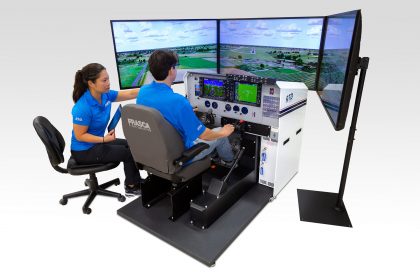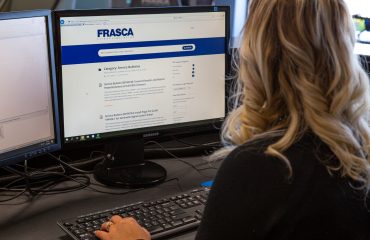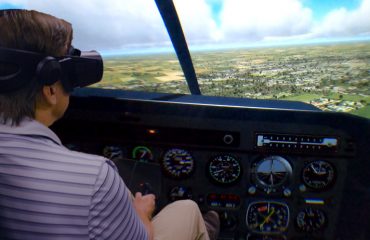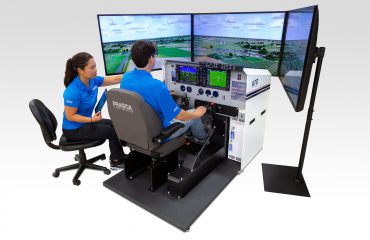
The law of primacy states how we first learn to perform a skill will be the way we best remember how to execute that skill, regardless of whether what we learned was correct or not. It is hard to unlearn what we were first taught and relearn how to perform a skill a new way. For flight instruction, it is imperative we teach and learn skills properly and completely the first time to avoid mistakes in the flight deck.
At Frasca, our engineers understand the extreme importance of the law of primacy for beginning and recurrent flight instruction. The instruments, procedures, flight controls, and visuals in flight simulation equipment need to be realistic and accurate, allowing students to learn the skill correctly in exactly the way they’ll need to execute it in the aircraft.
This is particularly true with common equipment like the Garmin G1000, a popular glass avionics suite found in many training, personal, and business aircraft. The G1000 presents flight instrumentation, navigation, weather, terrain, traffic, and engine data on a large-format, high-resolution display. Its visual display reduces pilot workload while its high functionality delivers everything from exceptional situational awareness to built-in navigation databases to program full IFR flights. Like all multi-functional pieces of equipment, it has a learning curve to properly master and take full advantage of all its capabilities.
It is imperative students learning to fly VFR and IFR with the G1000 learn to correctly operate it from day one. That is why the Frasca Reconfigurable Training Device (RTD) is the world’s only AATD licensed by Garmin to operate with Garmin’s standalone G1000 software. With this license, we install actual Garmin G1000 software that operates identically to how it does in an aircraft. This allows instructors to properly teach students how to use the G1000 while in the RTD – skills that directly transfer to the aircraft.
We believe that by investing in licensing for the complete Garmin G1000 proprietary software suite, Frasca provides the best and most realistic experience for our RTD users. We also believe it is only right to protect Garmin’s intellectual property by purchasing licensing to use their software.
When considering simulation devices for flight instruction, research what software sources and licensing the simulator or flight training device is employing. It is not uncommon for there to be several sources of software in one device or for it to be running the simulator manufacturer’s own less-expensive software designed to “emulate” popular avionics that operate similarly to how the actual avionics operate in an aircraft.
The danger of unlicensed or emulating software is the equipment could fail to work properly or as completely as it does in the aircraft. This risks students learning incorrectly or only learning some steps they’d need in the aircraft, which itself could lead to skipping steps down the road due to the law of primacy. In the case of the G1000, this could mean incomplete navigation charts and procedures, some features of the equipment not available in the simulator, and outdated software updates that limit the equipment’s capabilities.
Ask the manufacturer if the software operating proprietary third-party navigation equipment is licensed and directly from that equipment’s manufacturer, or is it workaround software that allows the equipment to work in some capacity? A buyer should be fully aware of these details and have information on any differences between how the device’s equipment works versus the same equipment in the aircraft. The only surefire way to know the equipment will work exactly as it does in an aircraft is to ensure it is running on its own proprietary, licensed software.



